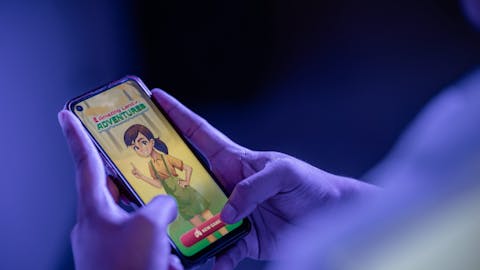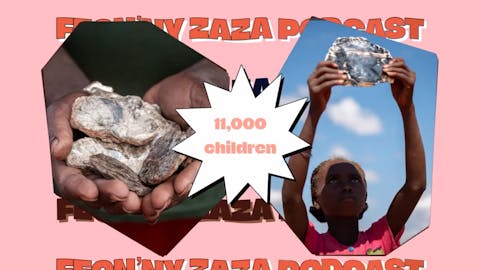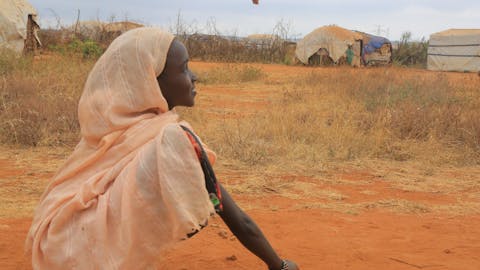New Publication: Three Exercises to Discuss Intersectionality

Our article “Exploring Child Exploitation: Three Exercises to Discuss Intersectionality” has been published in the latest issue of Child Protection and Practice. In this practice perspective article, we explore three simple, yet effective exercises to discuss intersectionality with children.
Experiences of child exploitation are influenced by a variety of factors, including the intersection of different aspects of identity. Some children are more at risk of exploitation than others, depending on the interplay of these factors. Intersectionality, a concept introduced by Kimberlé Crenshaw in 1990, offers a framework for understanding how multiple forms of oppression intersect and affect people differently.
The application of this intersectional framework in research on children is well-documented, but there seems to be less discussion with children on intersectionality. This gap may stem from the unfamiliarity with or complexity of the concept. Recognising this gap, Terre des Hommes Netherlands tweaked, designed and piloted a set of group exercises aimed at engaging children in conversations about the risk of child exploitation and intersectionality.
In our article, we present three key exercises for this purpose: the Onion Exercise, Avatar Creation, and the Power Walk and our experience piloting these exercises in Ethiopia and Uganda for our Place of Intersection research in 2022. Our findings reveal that children understand the concept of intersectionality well with using everyday analogies, such as the layers of the onion to describe how every person consists of different identity factors.
The use of these exercises has helped us understand children’s perspectives on risk and protection of exploitation, and proved to be powerful tools that we used many more times in research and organisational training after. The insights from children during these exercises have directly influenced our organisational direction, ensuring that their voices continue to shape the way we address child exploitation. In addition, we incorporated these exercises directly in organisational training materials on preventing and responding to child exploitation, proving that the exercises are not only suitable for children, but can also be used in professional contexts to break down the topic.
We are proud to have our work featured in Child Protection and Practice and hope to inspire many people to talk about child exploitation and intersectionality with children. We encourage you to read the full article to learn more about the exercises with a step by step guide, as well as the insights and lessons learned we gained through during this pilot.





